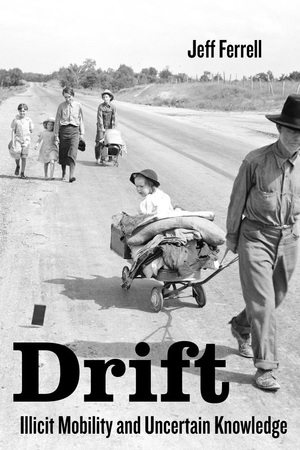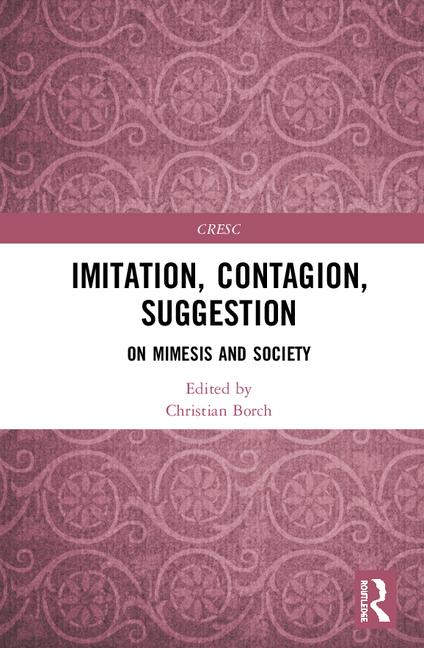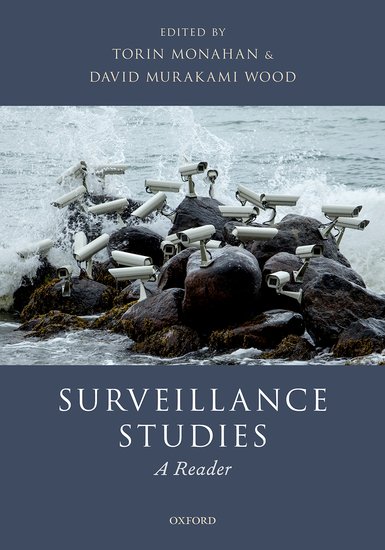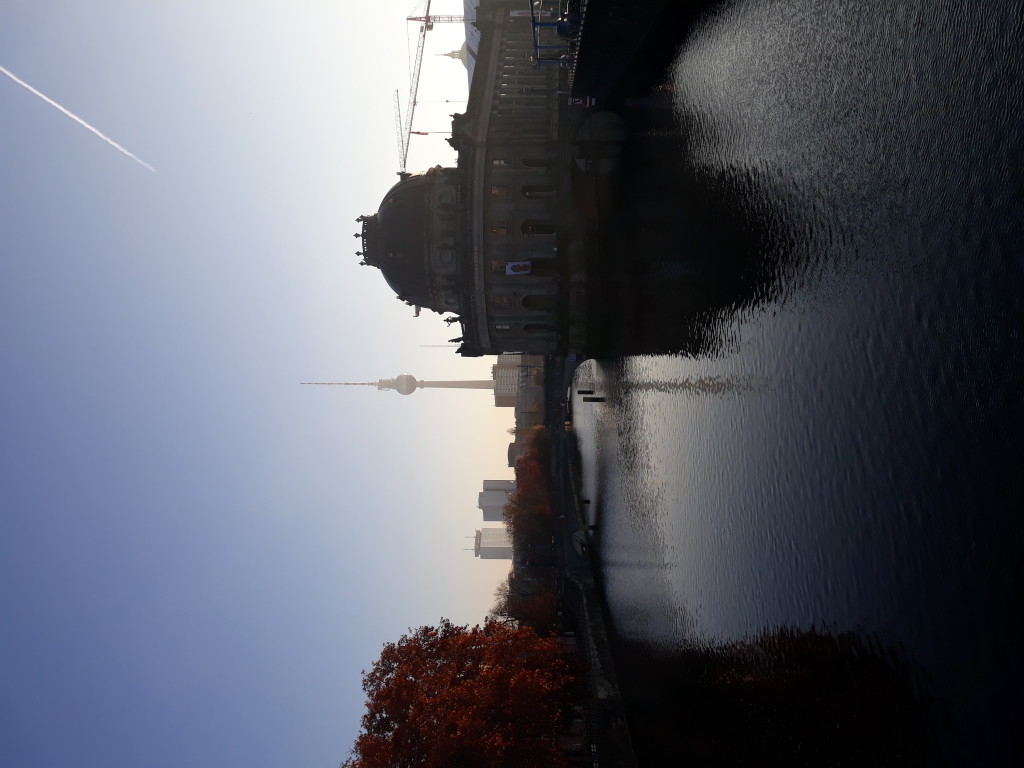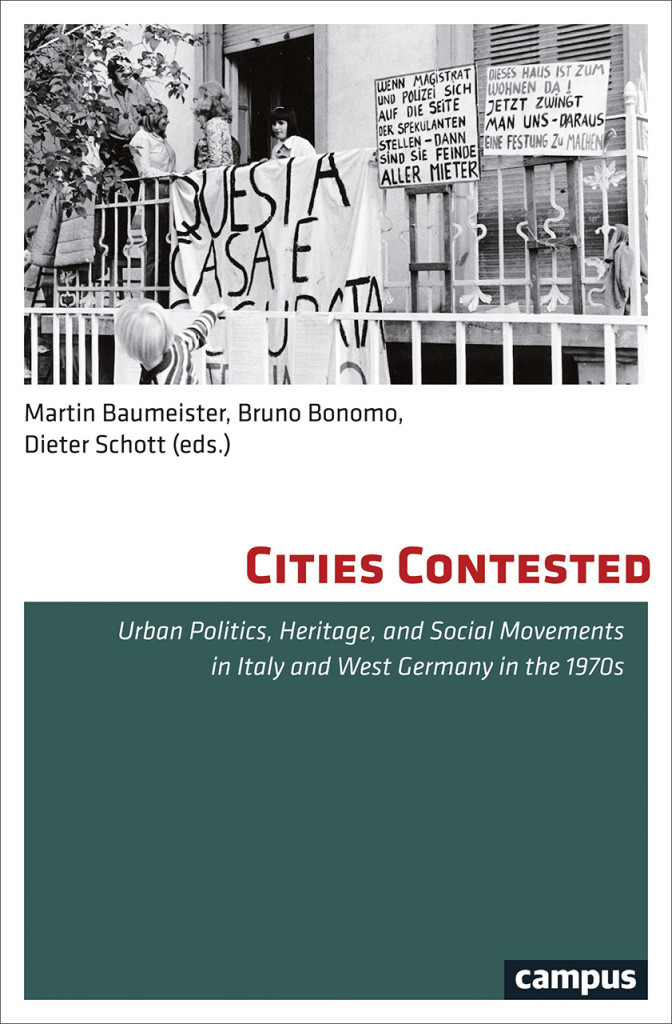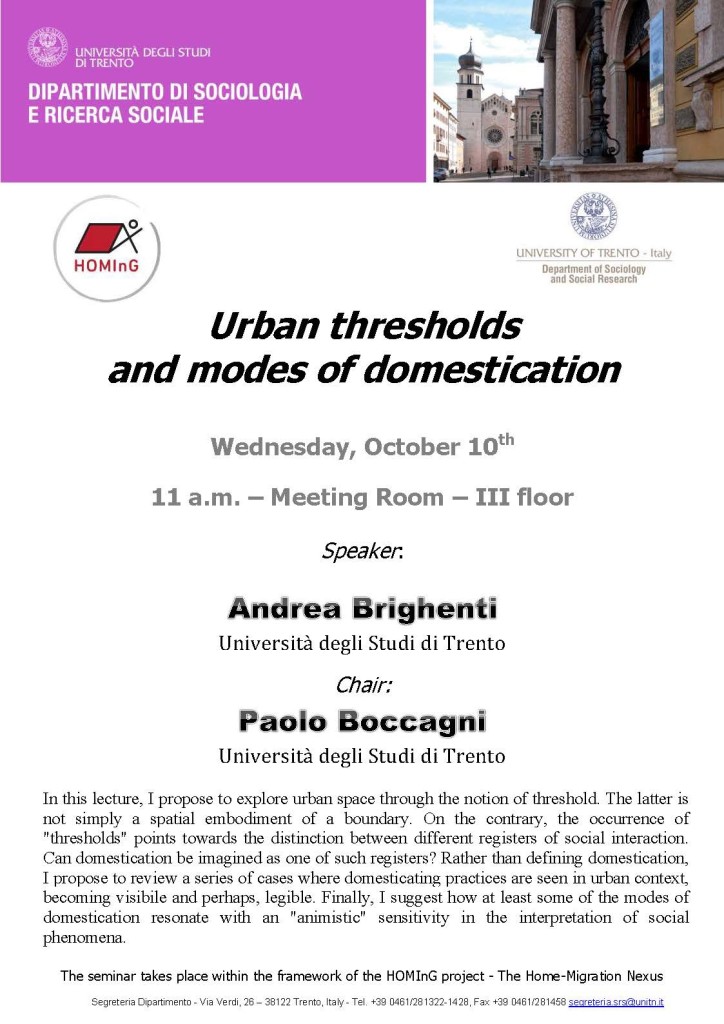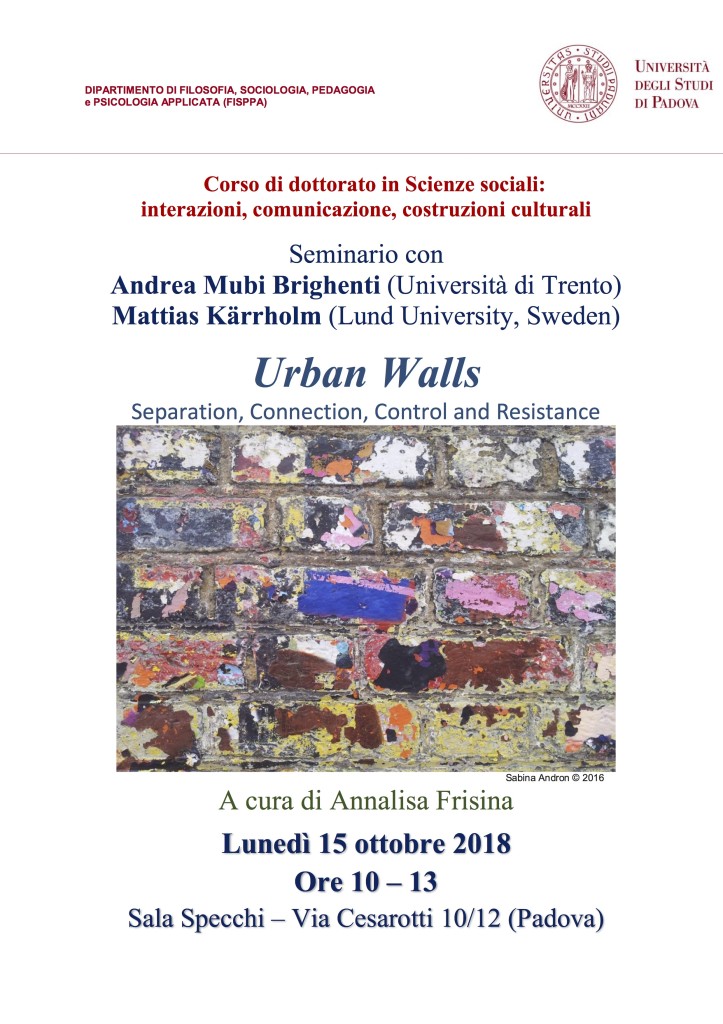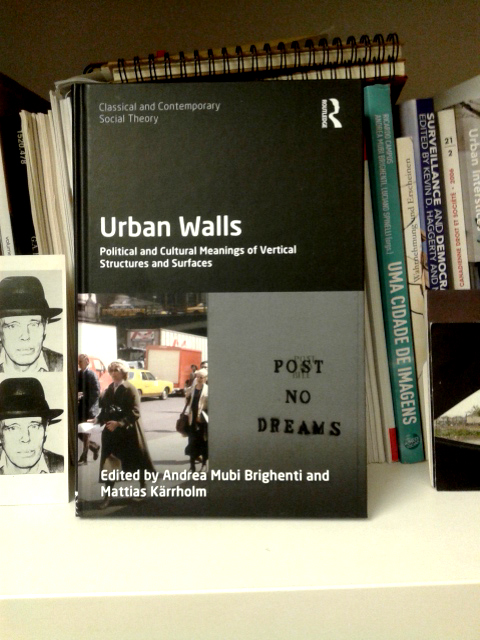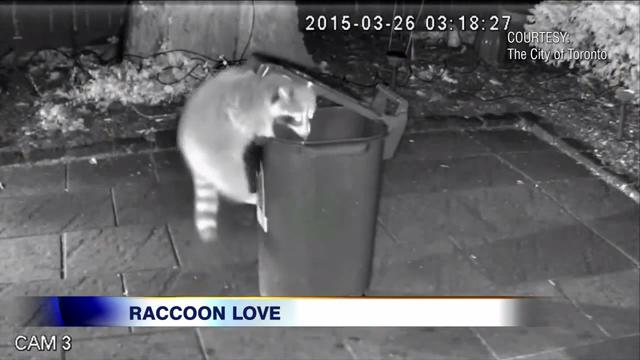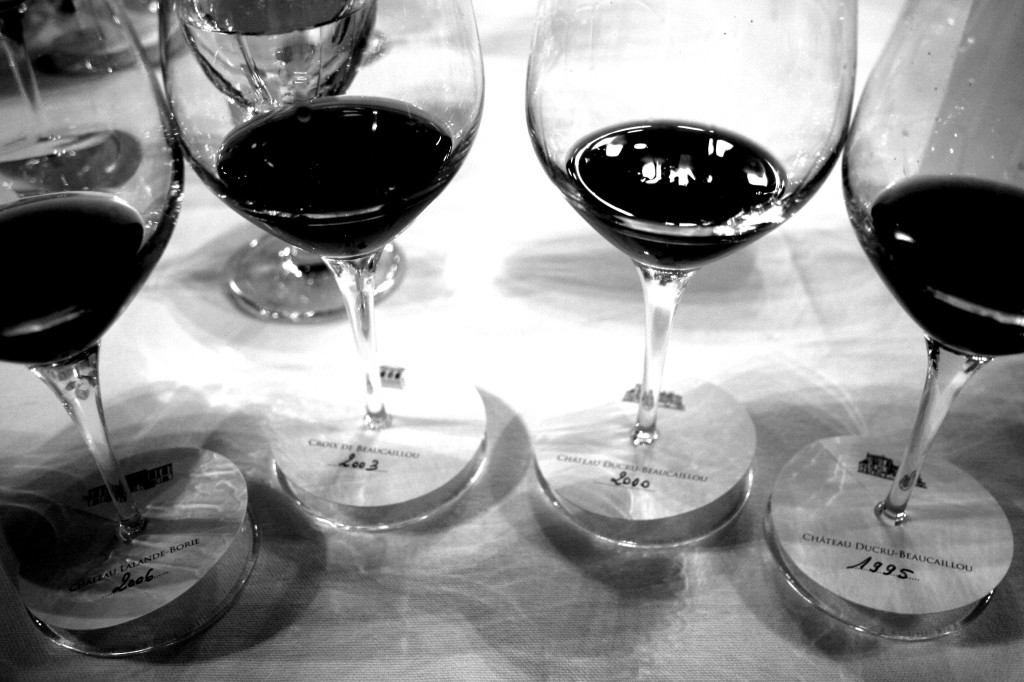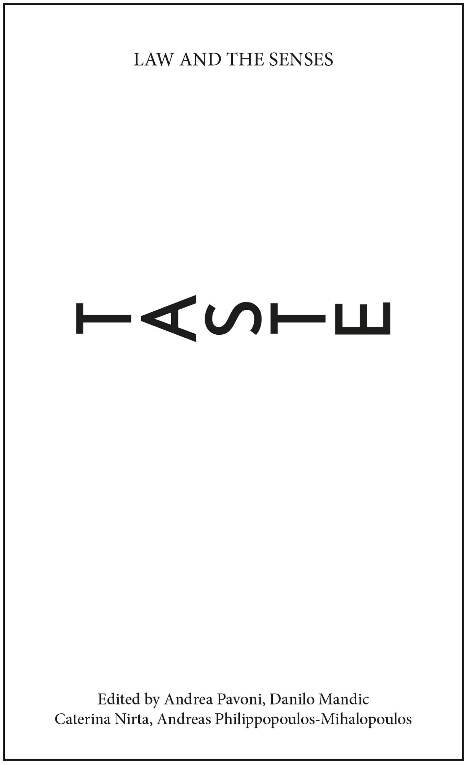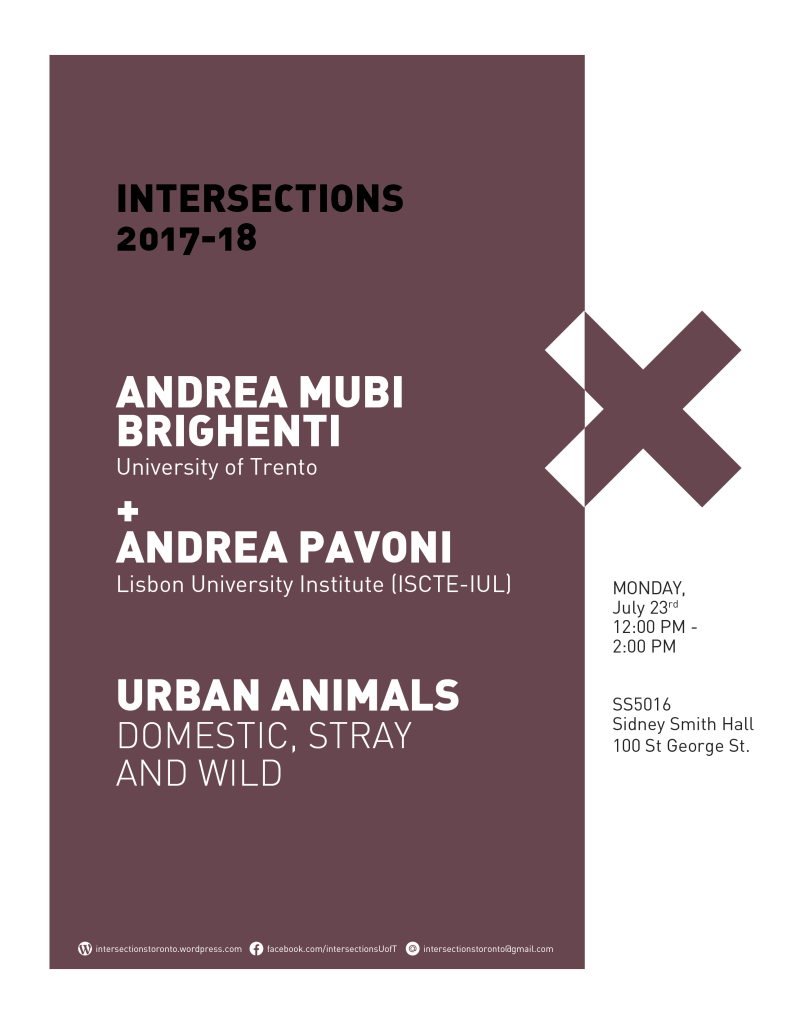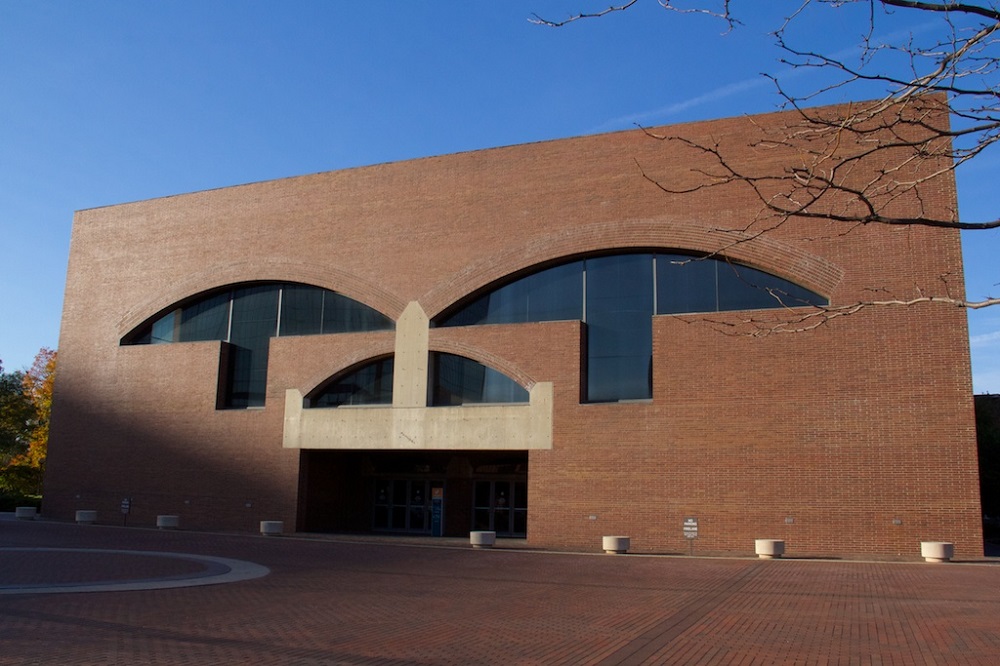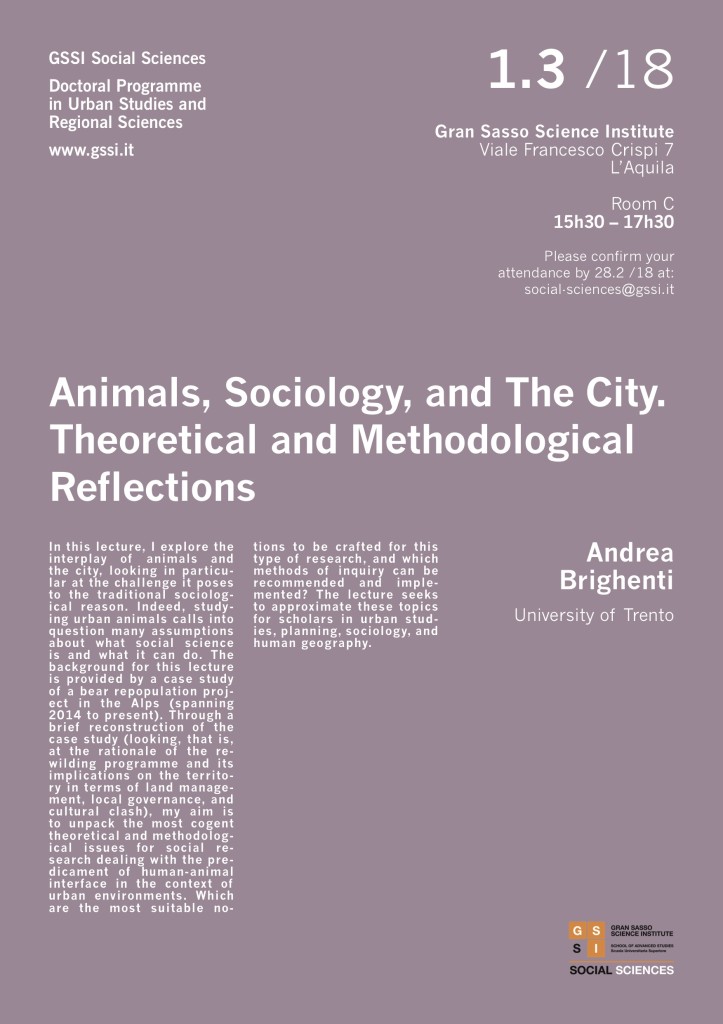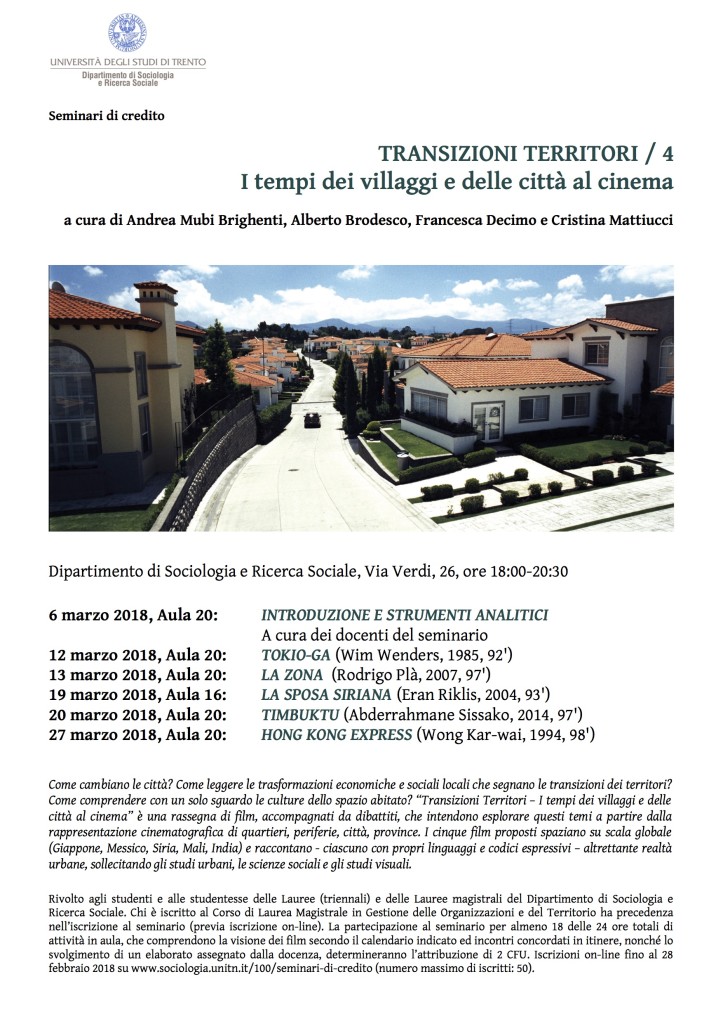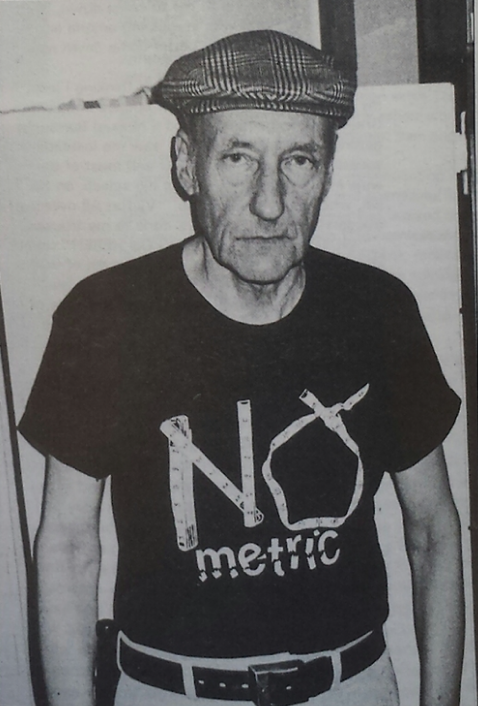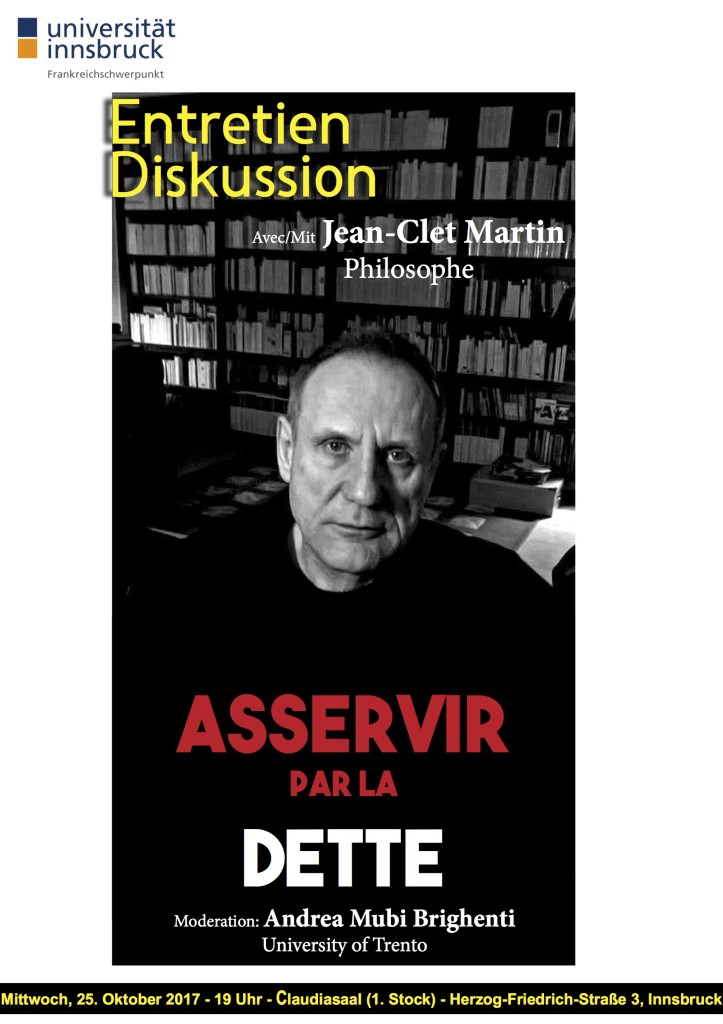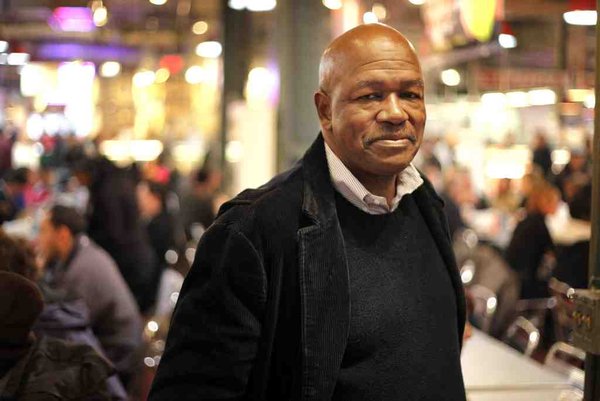The Reactive: Social Experiences of Surface and Depth – Chapter
“The Reactive” chapter now published in the Volume edited by Christian Borch (2019) Imitation, Contagion, Suggestion: On Mimesis and Society. (Routledge, 2019) https://www.crcpress.com/Imitation-Contagion-Suggestion-On-Mimesis-and-Society/Borch/p/book/9781138490642
PDF brighenti-2019-the-reactive
(( Based on a speech I gave at this 2015 conference in Copenhagen: http://www.capacitedaffect.net/?p=771 ))
Urban Animals – Domestic, Stray and Wild
Urban Animals—Domestic, Stray, and Wild
Notes from a Bear Repopulation Project in the Alps
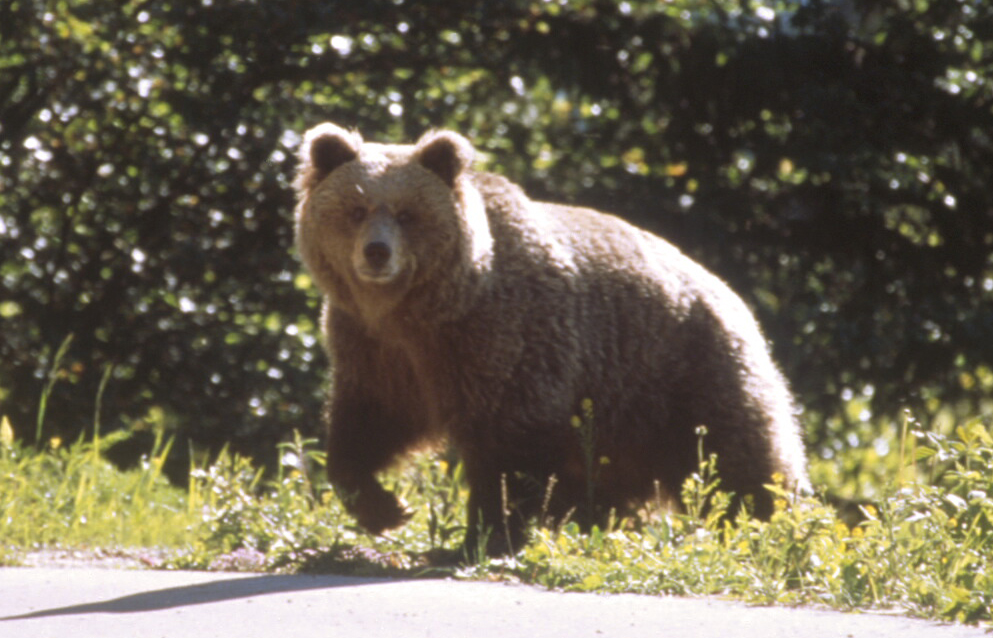
by Andrea Mubi Brighenti & Andrea Pavoni
Finally OUT in Society & Animals
https://doi.org/10.1163/15685306-12341580
Abstract. This piece explores ‘domesticity’ as a social territory defined by the relationship it entertains with the conceptual and material space of ‘the wild’. The leading research question can be framed as follows: do these two spaces stand in opposition to each other, or are more subtle relations of co-implication at play? As we enquiry into the domestic and the wild, a richer conceptual map of notions is drawn, which also includes the public, the common, the civilised and the barbarian. The case study that illustrates this dense intermingling of categories is offered by the case of Daniza, a wild brown bear introduced in the Brenta Natural Park on the Italian Alps in the 2000s, who repeatedly came into unexpected, accidental contacts with humans. Declared a ‘dangerous animal’, Daniza was controversially killed by public authorities in 2014, officially in an attempt to capture her with anaesthetising bullets, but in a way that still leaves doubts about the degree of voluntariness of the killing. The piece argues that the domestic and the wild constitute two semiotic-material domains constantly stretching into each other without any stable or even clear boundary line, and elaborates a series of corollaries for studying animals in urban contexts.
Keywords: Domesticity; Domestication; Wildness; Bears; Urban Animals; Territorial Governance
TOC
Introduction – Domesticity as Urban Prolongation
- Animal Governance, Domestication, and Classification
- Locating the Wild in the Urban
- Domesticity, Domestication and Civilisation
- The Unlucky Case of Bear Daniza
- Which Sort of Wild?
- The Barbarian
Conclusions
“Artveillance” paper included in “Surveillance Studies – A Reader”
I’m pleased that my paper “Artveillance: At the Crossroads of Art and Surveillance” (2010) has been reprinted in Surveillance Studies. A Reader Edited by Torin Monahan and David Murakami Wood (Cambridge University Press, 2018)
The Element of Measures. Theorising Measures in the Visible
A speech I’m giving at
International Workshop
The Role of Visibility in Academic Evaluation.
(E)Valuation Studies in Science and Higher Education
November 15‐16, 2018
Humboldt‐Universität zu Berlin
Senatssaal, Unter den Linden 6, 10099 Berlin
+ info : https://www.sowi.hu-berlin.de/de/lehrbereiche/wissenschaftsforschung/workshopevaluation
Book Review – “Cities Contested” Edited by Martin Baumeister, Bruno Bonomo & Dieter Schott
Cities Contested. Urban Politics, Heritage, and Social Movements in Italy and West Germany in the 1970s
Available here: https://aro-isig.fbk.eu/issues/2018/2/cities-contested-andrea-brighenti
Urban thresholds and modes of domestication
A lecture I’m giving today @ERC Homing project led by Paolo Boccagni:
https://webmagazine.unitn.it/evento/sociologia/47230/urban-thresholds-and-modes-of-domestication
NEW – Video recording: https://www.youtube.com/watch?v=4YZvboJ83c8
Urban Walls Book Lauch
@ University of Padua , PhD Course in Social Science
15 October 2018 h.10–13
Sala Specchi Via Cesarotti 10-12
Padova
Walls is out!
Urban Animals – Shifting Ecologies of Proximities
Currently working (day & night…) at this Special Issue with Andrea Pavoni:
http://explore.tandfonline.com/cfp/pgas/jmv06250-rsoc-si-cfp-urban-animals
Tasting Wine Making Territories
NOW OUT in TASTE • Law and the Senses book series (Eds. Andrea Pavoni, Danilo Mandic, Caterina Nirta, Andreas Philippopoulos-Mihalopoulos). London: University of Westminster Press.
Available in Open Access – https://www.uwestminsterpress.co.uk/site/books/10.16997/book21/
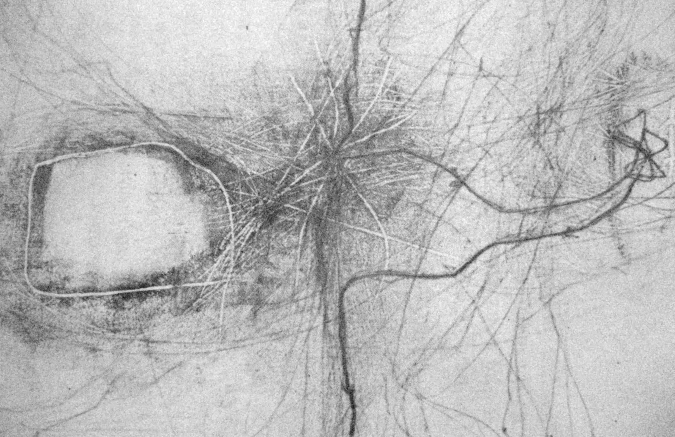
Beyond rhythmanalysis: towards a territoriology of rhythms and melodies in everyday spatial activities (with Mattias Kärrholm)
NOW PUBLISHED in CITY, TERRITORY & ARCHITECTURE
Abstract: The recent, rich scholarship on rhythms, following in the wake of Lefebvre’s book Éléments de rythmanalyse (1992), proves that rhythmanalysis is an important sensitising notion and research technique. Despite its increasing recognition, however, rhythmanalysis has not yet become a proper science as its proponents had hoped. In this article, we argue that rhythmanalysis could benefit from being further developed and integrated into a wider science of territories. What research must attain is, we suggest, not simply a recording, description or analysis of rhythms; instead, the goal is to capture the life of rhythms as they enter territorial formations. A neo-vitalistic conception, in other words, could enrich the standard social-scientific understanding of the relation between rhythms and territories. More specifically, we submit that the notion of rhythm could be explored not only in terms of the recurrent patterns of association it defines, but also with essential reference to the intensive situations and moments it generates and, in the end, territorialises.
Keywords: Social rhythms, Rhythmanalysis, Synchronisation, Science of territories, Territorial intensities
Urban Animals – Guest Lecture @ U of Toronto
Atmospheres of retail and the asceticism of civilized consumption (with Mattias Kärrholm)
Nout out in Geographica Helvetica – https://www.geogr-helv.net/73/203/2018/
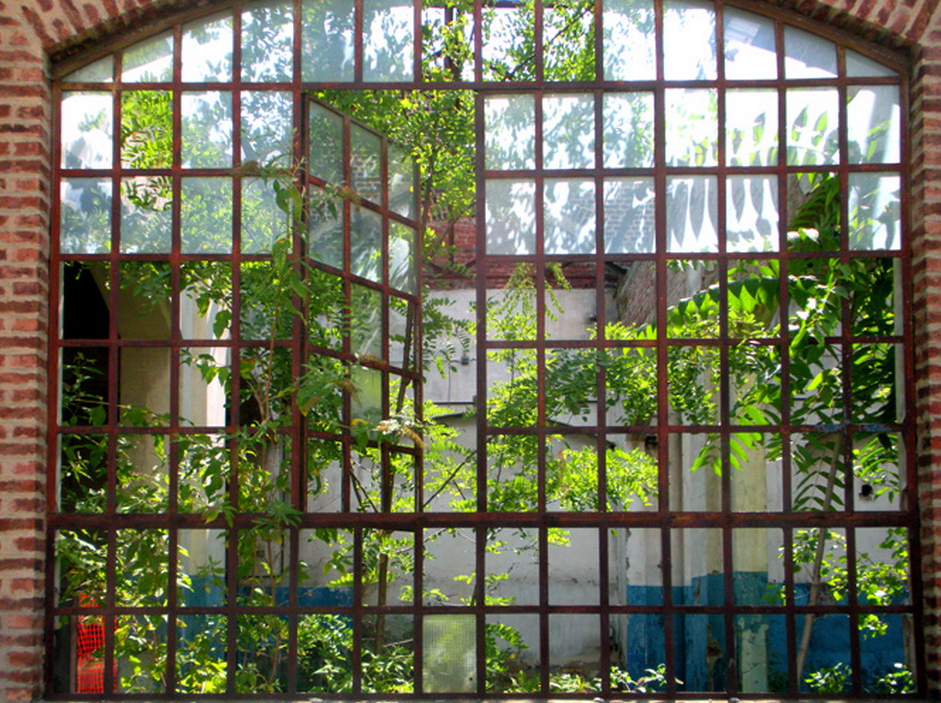
The Vegetative City

OUT NOW in CULTURE, THEORY AND CRITIQUE
The vegetative stratum is a layer of existence that is inherent not only in plants. Here, I propose to look at how vegetative life – or, the vegetative mode of existence – affects cities. The vegetative mode of existence is not focused on activities, routines, achievements. Here appears a city that is not industrial or industrious. When the industrious city retreats, or falls apart, the vegetative stratum becomes visible. The vegetative city is a city without any central nervous system. I suggest the interpretation of the vegetative city as a hopeful manifestation of the urban that only takes place when the time is ripe.
Also here
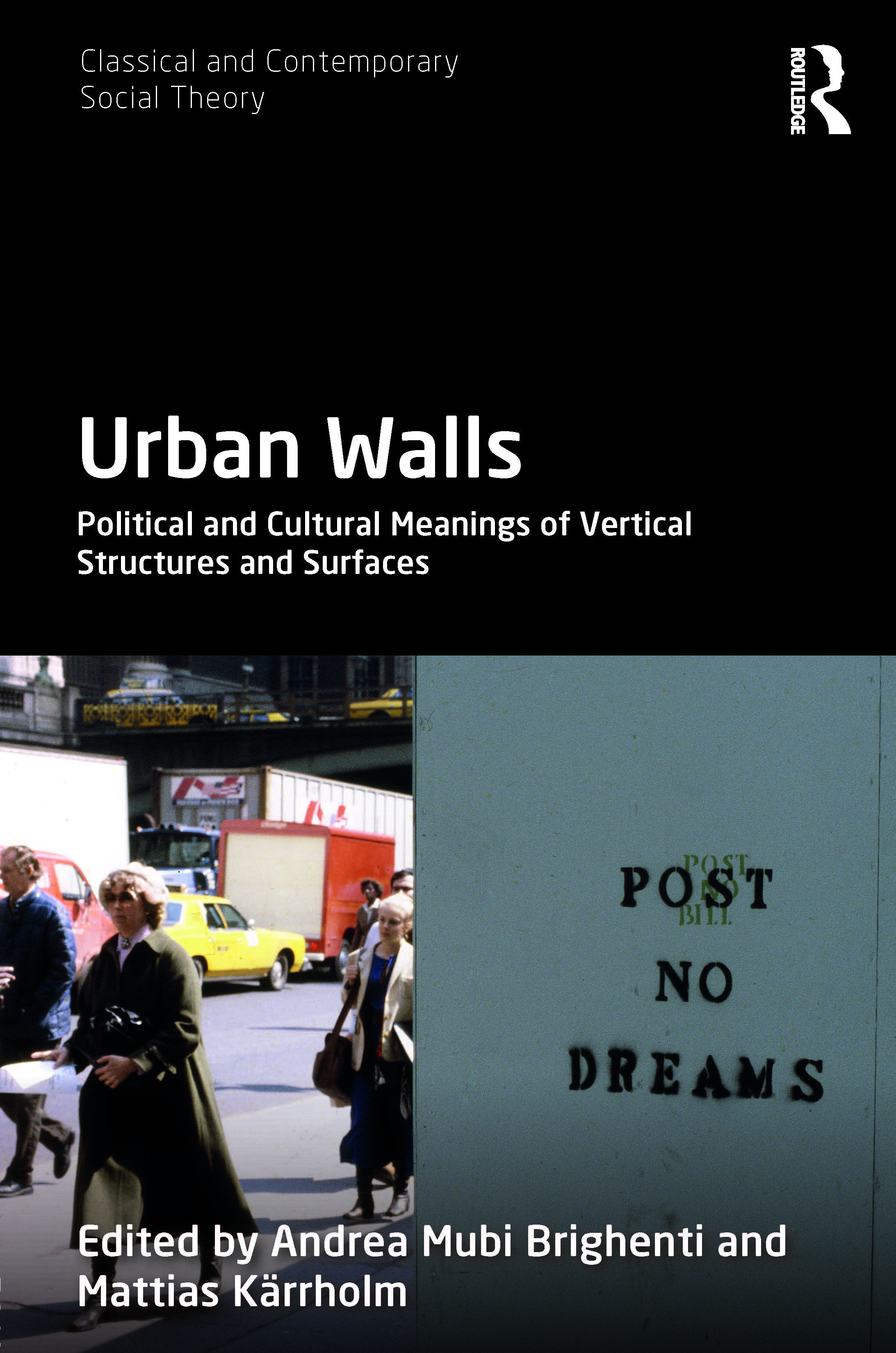
Urban Walls. Political and Cultural Meanings of Vertical Structures and Surfaces
Volume Edited by Andrea Mubi Brighenti & Mattias Kärrholm. Published by Routledge – Classical and Contemporary Social Theory Series, 2018.
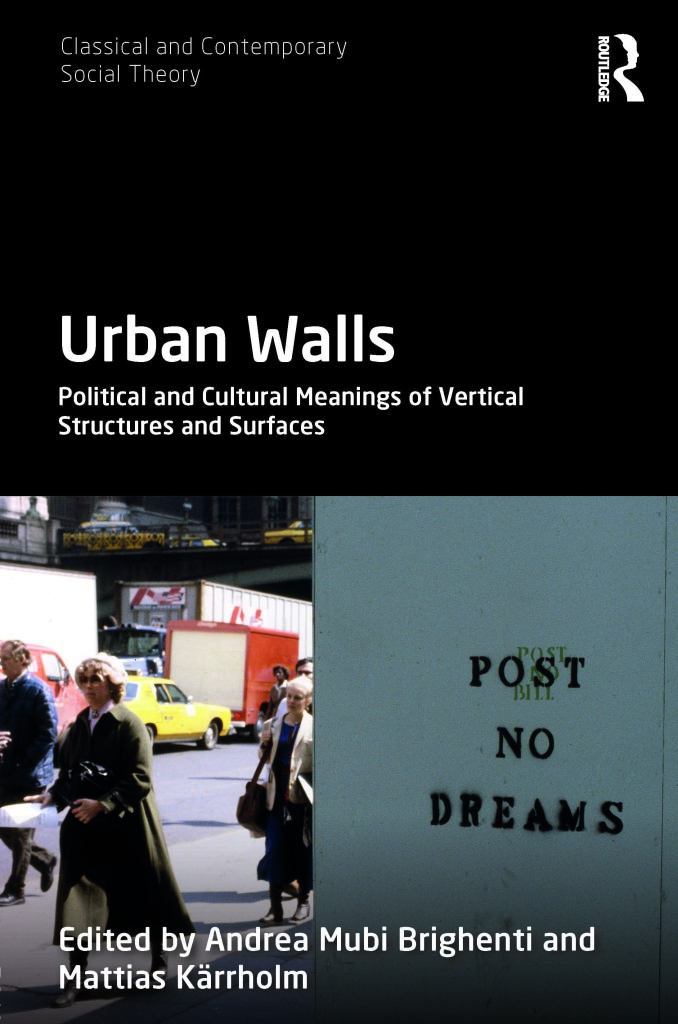
In recent years, an increasing number of separation walls has been built around the world. Walls built in urban areas are particularly striking in that they have exacted a heavy toll in terms of human suffering. At the same time, however, homeless and displaced people, unprotected by any walls, often terrorised by irregular militias or evicted by the state police, have likewise endured terrible ordeals. From time to time, walls are invoked, promised, contested, challenged, struggled over. They can be protective, but the protection they grant is always selective to a significant degree. Not only does the fundamental ambivalence of walls seems intrinsic, but the spatial functioning cannot be reduced to a black-and-white picture – walls as either simply ‘good’ or ‘bad’. This collection invites to inquiry into the complexities of the social life of walls. Urban and urbanised spaces are here observed as veritable laboratories of wall-making, places where their consequences become most visible. In perspective, the essays collected here also invite to consider how urban walls today extend into media spaces, drawing a complex geography of separation, connection, control and resistance.
Table of Contents
Introduction. Andrea Mubi Brighenti & Mattias Kärrholm, The Life of Walls – In Urban, Spatial And Political Theory
Part I. The Politics of Urban Walls
Alison Young, On Walls in the Open City
Florine Ballif, Dismantling Belfast Peacelines. New physical arrangements in amidst conflict
Pete Chambers, Walling Through Seas. The Indian Ocean, Australian border security, and the political present
Claudio Minca & Alexandra Rijke, Walls, walling and the immunitarian imperative
Pedro Victor Brandão & Andrea Pavoni, Screening Brazil: Footnotes on a Wall
Part II. Cultures of Walls
Ella Chmielewska, Afterimages of Warsaw. Of Walls and Memories
Emma Nilsson, Wall Terrains. Architecture, body culture and parkour
Karin Grundström, Gating housing in Sweden: Walling in the privileged, walling out the public
Sabina Andron, The Right to the City Is the Right to the Surface: A Case for a Surface Commons
Jérôme Denis & David Pontille, The Multiple Walls of Graffiti Removal. Maintenance and Urban Assemblage in Paris
Lachlan MacDowall, Walls as Fleeting Surfaces. From Bricks to Pixels, Trains to Instagram
Endorsements
Walls and cities have long been partners, but their relationship has been understudied. This creative and important collection takes the social and political work of the urban wall seriously. Rather than a self-evident object, the wall becomes lively, talkative, mobile, and ambivalent, dividing yet also connecting. A valuable and original contribution.
Nicholas Blomley, Professor of Geography, Simon Fraser University, Vancouver
It is a remarkable feat for an edited volume to read as cohesively and with such strong focus as Urban Walls. The walls included here (violent walls, but also vulnerable ones; aquatic, immunising, yet totally exposed and medialised walls; affective and playful, immaterial and palimpsestic walls) are marked by the wounds of history, geography and politics that surround them but also that are generated by them. These walls feel as material and fleshy as if we were placing our hand on their surface.
Andreas Philippopoulos-Mihalopoulos
Professor, Law & Theory, University of Westminster, London
An instructive and compelling examination of walls in their multiple present forms. The emphasis on the material and vertical puts this at the heart of contemporary debates. Historically situated, richly illustrated, and with a view to wider themes as much as empirical detail, this is an important contribution to politics, geography and urban studies.
Stuart Elden, Professor of Political Theory and Geography, University of Warwick
Airspacing the City. Where Technophysics meets Atmoculture
(with Andrea Pavoni)
NOW PUBLISHED in Azimuth 10.
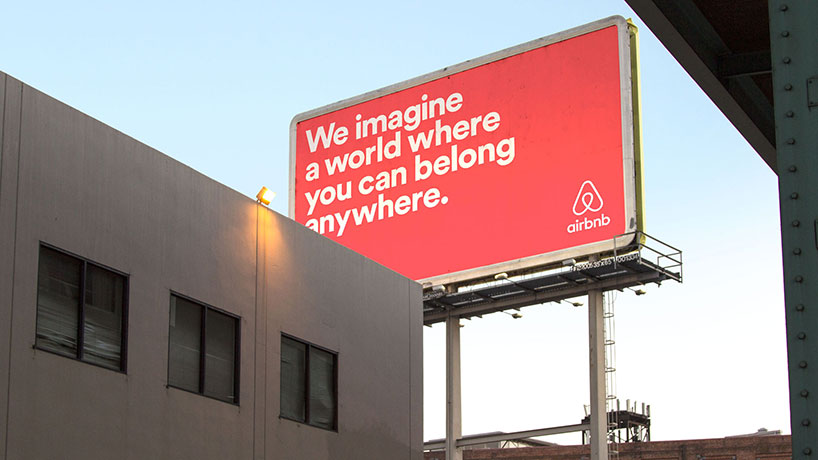
In this paper, we seek to show how the notion of technophysics can be applied to better understand the experience of contemporary urbanism. We argue that technophysics exists in dynamic relation to an atmoculture of urban space, whereby the technological and the cultural meet on a deeply affective-atmospheric terrain. Contemporary technophysics and atmoculture collaborate in the quest for comfort and the flight from its antonyms (stress, unease, and fear), but they are also riddled with tensions and contradictory outcomes …
Morphogenesis and Animistic Moments (with Mattias Kärrholm)
On social formation and territorial production
NOW published in Social Science Information – http://journals.sagepub.com/doi/full/10.1177/0539018418763560
Abstract. This piece explores the issues of morphogenesis and metamorphosis in socio-spatial formations and social assemblages. The specific key provided here to apprehend the issue of ‘form’ is what we propose to call the ‘animistic moment’ in form-taking processes. We believe that a conceptualisation of animistic moments might help us to better understand, not simply the coming about, but the specific yet elusive power forms are endowed with. The general social-theoretical horizon for the essay is an approach to social collectives as forms of territorialisation and territorial stabilisation. An inquiry into the genesis and the transformation of forms through animistic moments, we suggest, might also be employed in the study of processes of social territorialisation at large.
Keywords: social theory; genesis of forms; formative processes; individuals and social aggregates; socio-spatial formations; animistic moments;
Outline
Introduction 1. The mystery of appearances 2. Metamorphosis and investments into form 3. Form-taking and the environment 4. The formation of individual collectives 5. Animistic moments and the revelations of form 6. Territorial production through animation Conclusions
Animals, Sociology, and The City. Theoretical and Methodological Reflections
Cineforum TRANSIZIONI TERRITORI / 4 – I tempi dei villaggi e delle città al cinema
The social life of measures
Now published in Theory, Culture & Society 35(1) http://journals.sagepub.com/toc/tcsa/35/1
Abstract
Issues of measure and measurement, and their relation to value and values, are of concern in several major threads in contemporary social theory and social research. In this paper, the notion of ‘measure-value environments’ is introduced as a theoretical lens through which the life of measures can be better understood. A number of points are made which represent both a continuation and a slight change in emphasis vis-à-vis the existing scholarship. First, it is argued that the relation between measure and value is necessarily circular – better, entangled. Second, a conceptualisation of measures as territorialising devices is advanced. Third, importance is given to the fact that measures are not simply tools in our hands, they are also environments in which we live. Fourth, attention is drawn to the fact that the unit (n=1) is not just a quantitative happening among others, but is qualitatively distinct.
http://journals.sagepub.com/doi/abs/10.1177/0263276416689028
The Visible: Element of the Social
Now Published in Frontiers in Sociology | Sociological Theory
Abstract. In the context of a social-theoretical take on the link between social life and visibility, this paper invites to shift the focus from visibility phenomena to “the visible”. A theory of visibility, it is submitted, must be constructed as a theory of the medium. In opposition to visibility as a set of formal relations, what the visible brings to the fore is the existence of a mid-term, a connective tissue. Also, if a theory is a prelude to a science, then a theory is needed that makes possible to measure the visible in itself. The development of an “intrinsic” theory of the visible, one capable of generating its own variables and constants, along with the conceptual space for their articulation, is retrieved through the joint contributions of surface theories (Simmel, Goffman, Portmann) and intensity theories (Deleuze, Thom). The piece presents a set of notions that could be of use to analyze the fiber of the visible and the trajectories occurring in the visible, in view of laying out a series of laws of the visible.
Available at : https://www.frontiersin.org/articles/10.3389/fsoc.2017.00017/full
& a Related Lecture: https://www.youtube.com/watch?v=vtK0nfA5r50&t=1s
Domestic Territories and the Little Humans (with Mattias Kärrholm)
Understanding the Animation of Domesticity
Now Published in Space & Culture
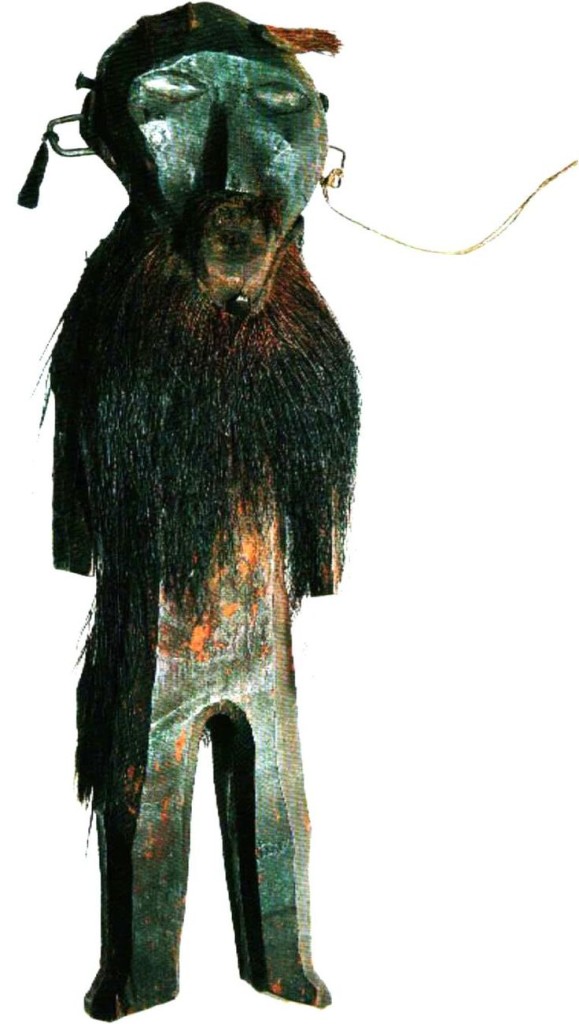
Abstract. Domesticity is a complex, multifaceted phenomenon. In this piece, we approach it from the point of view of a general theory of territories. To do so, we attempt to tackle simultaneously the ecological and spiritual dimensions of home by attending the expressive dimension of domesticity. We emphasise that the expressiveness of home inherently includes the register of the familiar as well as that of the unfamiliar (Freud’s unheimlich). The constant negotiations between these two registers can be appreciated as carried out ‘at the limits of control’. To highlight this fact, we focus on the case of the ‘little humans’, miniature humanoid creatures well attested in traditional mythologies and folk tales across different civilisations. Drawing from anthropological and ethnographic literature, yet with a leading interest in social-spatial theorising, we seek to untangle the relations between humans and the ‘little humans’ – these ‘elusive others’ living with us – in order to clarify the deep meanings ingrained in domestic territories.
Keywords: domestic territories; territoriology; little humans; limits of control; parasites; crowds; animism.
TOC
Introduction: Inquiring into domestic expressions
The elusive others living with us
Patterns of relations and the limits of control
Conclusions
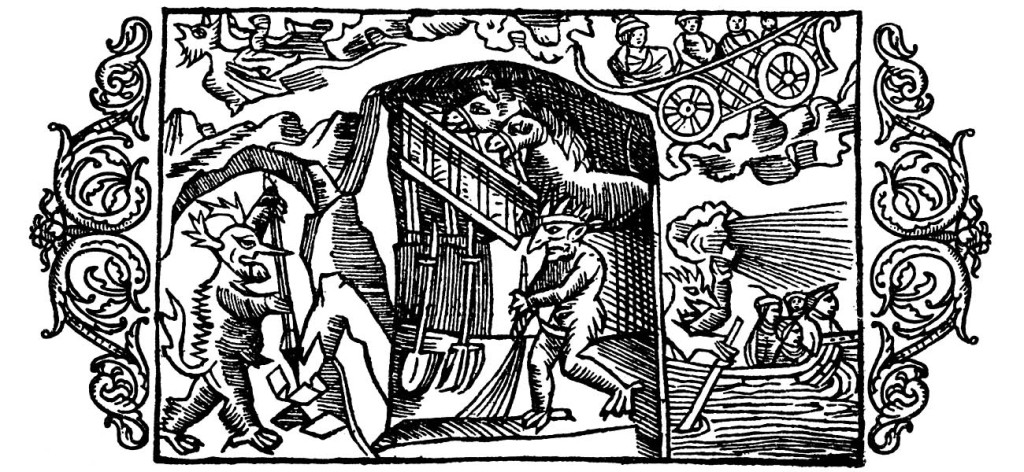
Discussing Debt and Indebetedness with Jean-Clet Martin
An interview with Elijah Anderson
From the iconic ghetto to the cosmopolitan and beyond (with Chiara Bassetti)
now published in Etnografia e Ricerca Qualitativa
